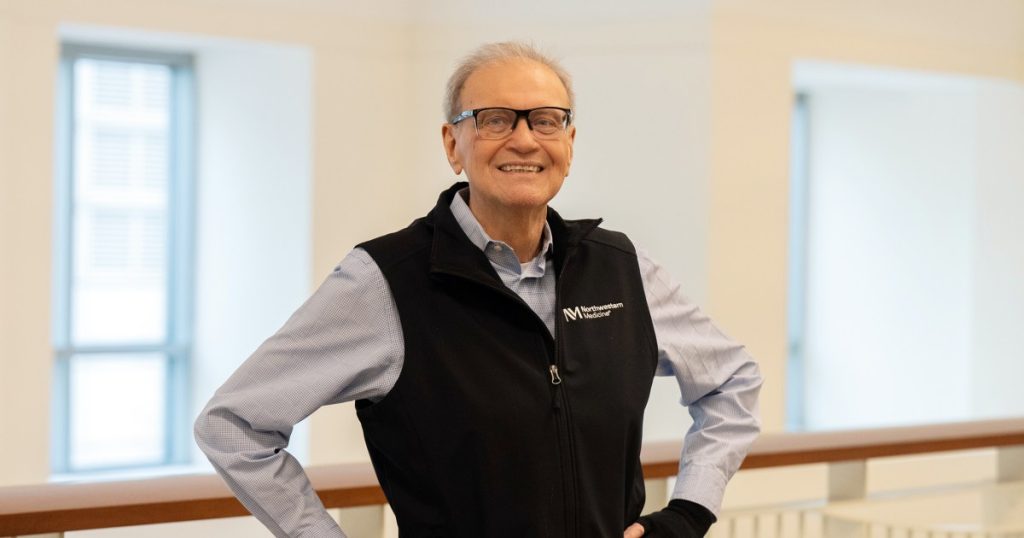Dr. Gary Gibbon, a pulmonologist in Santa Monica, California, never expected to be diagnosed with lung disease himself. Despite having no significant medical history, he was stunned to learn he had advanced stage lung cancer in the spring of 2023. After undergoing aggressive treatment, Gibbon’s cancer shrank, but his lungs sustained irreversible damage. With no other treatment options available, he was facing palliative care by July of the same year.
Watching a news story about double lung transplants for late-stage lung cancer patients gave Gibbon hope. Traditionally, lung transplants were not considered an option for advanced cancer patients due to the risks involved. However, Northwestern Medicine’s DREAM Program had pioneered a new approach, successfully performing double lung transplants on two stage 4 lung cancer patients. This innovative technique involved replacing both cancerous lungs with two healthy, transplanted lungs to reduce the risk of contamination.
Gibbon’s doctors in California reached out to the Northwestern team to present him as a potential candidate. Testing revealed another complication – Gibbon needed a triple transplant, comprising two lungs and a liver. This procedure had never been done in the country before. With Gibbon’s liver and lungs failing, his eligibility for the complex double lung and liver transplant had to be determined.
The logistics of transporting Gibbon from Los Angeles to Chicago for the surgery were complex. Once in Chicago, a set of lungs and a liver became available, and the procedure was carried out successfully. The surgery, which would normally take at least 14 hours, was completed in just 10. Six months post-surgery, Gibbon is now cancer-free and likened his recovery to feeling as if he was never sick. The transformative surgery has altered the definition of what is possible, according to Dr. Ankit Bharat.
Bharat believes that complex surgeries like Gibbon’s will become more common at transplant centers in the future. He credits the successful outcome to the experience and teamwork of the more than 20-person care team. Dr. Satish Nadig also emphasized the crucial role of the media in connecting Gibbon with the DREAM program, underscoring the importance of exploring all options even when traditional treatments have been exhausted. Roller, Gibbon’s wife, is grateful for the news story that ultimately saved her husband’s life, stating that without it, he would not have survived.


